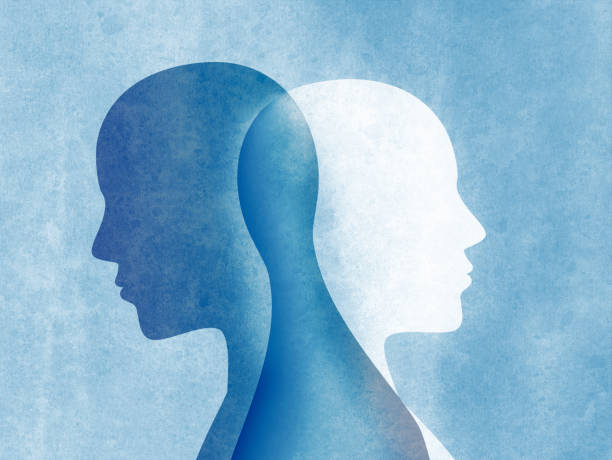- Get link
- X
- Other Apps
- Get link
- X
- Other Apps
Decoding the Mind: A Deep Dive into the Phenomenon of Hallucinations
Hallucinations, those intriguing experiences where the mind sees, hears, or feels things that aren't there, have fascinated humanity for centuries. As we dive deeper into the multifaceted world of hallucinations, let's explore the various dimensions that shape our understanding of these mysterious occurrences.
Imagine hallucinations as a diverse spectrum of experiences. Visual hallucinations, occurring in about 1 in 10 individuals under specific conditions like migraines or drug use, can range from simple shapes to intricate scenes. Auditory hallucinations, affecting roughly 70% of people with conditions like schizophrenia, involve hearing voices or sounds that lack an external source. Less common are olfactory and gustatory hallucinations (1-3% of the population), as well as tactile hallucinations associated with certain medications or medical conditions.
Delving into the brain's intricate workings reveals the numerical and percentage aspects of hallucinations. Disruptions in neurotransmitters, such as dopamine and serotonin, contribute to imbalances, leading to altered perceptions. Schizophrenia, impacting approximately 1% of the global population, is closely associated with these disruptions. Substances like LSD or psilocybin from magic mushrooms, used by about 1 in 20 adults globally, interact with serotonin receptors, inducing hallucinations.
Connecting the dots between hallucinations and mental health involves examining the numbers associated with specific disorders. Schizophrenia, affecting around 20 million people worldwide, manifests with auditory hallucinations and distorted thinking. Bipolar disorder, impacting about 1-3% of the global population, may involve hallucinatory experiences during manic states. Understanding these figures underscores the importance of mental health awareness and support.
Taking a historical journey unveils how different cultures have perceived and integrated hallucinations. Shamanic practices, rooted in ancient traditions, considered hallucinations induced through rituals as spiritual gateways. However, in today's world, hallucinations are often stigmatized. Breaking down this stigma is crucial, especially when considering that about 1 in 5 people may experience hallucinations at some point in their lives.
Decoding the world of hallucinations is akin to unraveling a captivating puzzle. From understanding the intricacies of the brain to exploring cultural perspectives, this journey involves grappling with numbers, percentages, and historical contexts. As researchers and curious minds continue their exploration, the hope is to provide clarity and empathy, ultimately demystifying the secrets of hallucinations.
Exploring the subjective nature of hallucinations adds another layer to our understanding. What one person experiences during a hallucination may differ significantly from another individual's encounter. This subjectivity makes studying and categorizing hallucinations a complex task, as they are deeply intertwined with the personal and cultural context of the individual.
Scientifically, hallucinations are believed to originate from abnormal neural activity in the brain. Neurotransmitters, the chemical messengers of the brain, play a crucial role in regulating perception. Imbalances or disruptions in these neurotransmitter systems can lead to altered states of consciousness, giving rise to hallucinatory experiences.
The study of hallucinogenic substances, such as psilocybin mushrooms and LSD, has further expanded our understanding of altered states of consciousness. These substances can induce vivid hallucinations and have been used in various cultural and spiritual practices throughout history. The exploration of hallucinogens in controlled settings has gained traction in scientific research, offering potential therapeutic applications for mental health disorders.
While hallucinations are often associated with mental health conditions, they can also be induced by various factors, including certain medications, sleep deprivation, or even sensory deprivation. Understanding the diverse triggers for hallucinations provides valuable insights into the underlying mechanisms of perception and consciousness.
As we navigate the world of hallucinations, it becomes evident that these phenomena are far from monolithic. From the neural processes that give rise to altered perceptions to the cultural and psychological factors shaping individual experiences, decoding the mind's mysteries surrounding hallucinations is a multidimensional endeavor.
In conclusion, the phenomenon of hallucinations serves as a gateway to understanding the intricate workings of the human mind. From the neural processes that underlie altered perceptions to the cultural and psychological factors shaping individual experiences, decoding the mind's mysteries surrounding hallucinations is a multidimensional endeavor. As science advances and our understanding deepens, the exploration of hallucinations remains a captivating and evolving field of study.

Comments
Post a Comment